Released in theaters on Sept. 6 with a new sequel, Tim Burton’s “Beetlejuice, Beetlejuice” reprises beloved characters while introducing some new ones. Burton stuns the audience with an introduction packed with nostalgia to the original while maintaining a fresh new perspective.
Returning with the same look, Lydia, played by Winona Ryder, has achieved celebrity status by hosting a paranormal talk show with her unbearable partner Rory, played by Justin Theroux. The tensions arising from her past, coupled with a strained relationship with her daughter Astrid, played by Jenna Ortega, allows the movie to take the audience through a journey of twists and turns.
After a family tragedy brings them back to the house where it all began, Beetlejuice, played by Michael Keaton, begins to terrorize Lydia and claim her as his spouse. This is something that is a recurring theme in the film, with his marriage to Lydia being Beetlejuice’s only motivation.
In an unexpected twist, Monica Bellucci is introduced as Beetlejuice’s spurned ex-wife, the Soul Sucker, who is in pieces (literally) over losing him and will do anything to get him back. Burton also introduces Wolf Jackson, played by Willem Dafoe, a deceased actor who now investigates rule violations of the underworld.
The overall pace of the movie was fast, with some parts of the plot feeling out of place. Michael Keaton and Winona Ryder’s onscreen chemistry has only gotten stronger, eliciting feelings of nostalgia from the audience.
Both Keaton and Ryder did their past characters justice with their performances and accurately portrayed them in their new timeline.
While he is widely known for gothic visuals, Burton took a step out of his comfort zone and featured bright colors and lights that brought the movie to life. Paying homage in every way possible, the return of the shrunken head men and sandworms seemed to elicit the strongest response.
Despite a problem with the original actor who played Charles Deetz, Burton made the creative decision to give the character a proper send-off in the form of a claymation shark attack. This was not the end of this character, as he appears headless with the use of incredible prosthetics.
The mood of the movie remains chaotic from start to finish following Lydia’s race to save her daughter while Beetlejuice races to marry Lydia. Brushing off past ideas and bringing them to the surface in distinct and wacky ways, Burton has brought the Beetlejuice world back to life in a colorful way.
Burton’s biggest stylistic choice to prioritize practical effects rather than CGI has proven to be a big success with audiences everywhere. The decision to lean heavily on the basics of visual effects allowed for the original essence of Beetlejuice to bleed through into the sequel. Along with capturing the original feel, the lack of CGI was also used in a very crude and obvious way, giving the sequel a dated feel that is reminiscent to old horror films.
Burton has outdone himself by creating a film that not only honors but matches the eccentricism of the original.
Despite the rushed parts of the film, the sequel manages to capture the essence of the original and maintain its storyline. With a slew of crazy effects, animatronics, and vile gags, “Beetlejuice, Beetlejuice” maintains the same tone as the original movie.
From the prosthetics used for the shrunken head men to the simple creation of Beetlejuice’s eyes when looking into the sun, Burton’s use of practical effects proved to create a jaw dropping display for the audience.




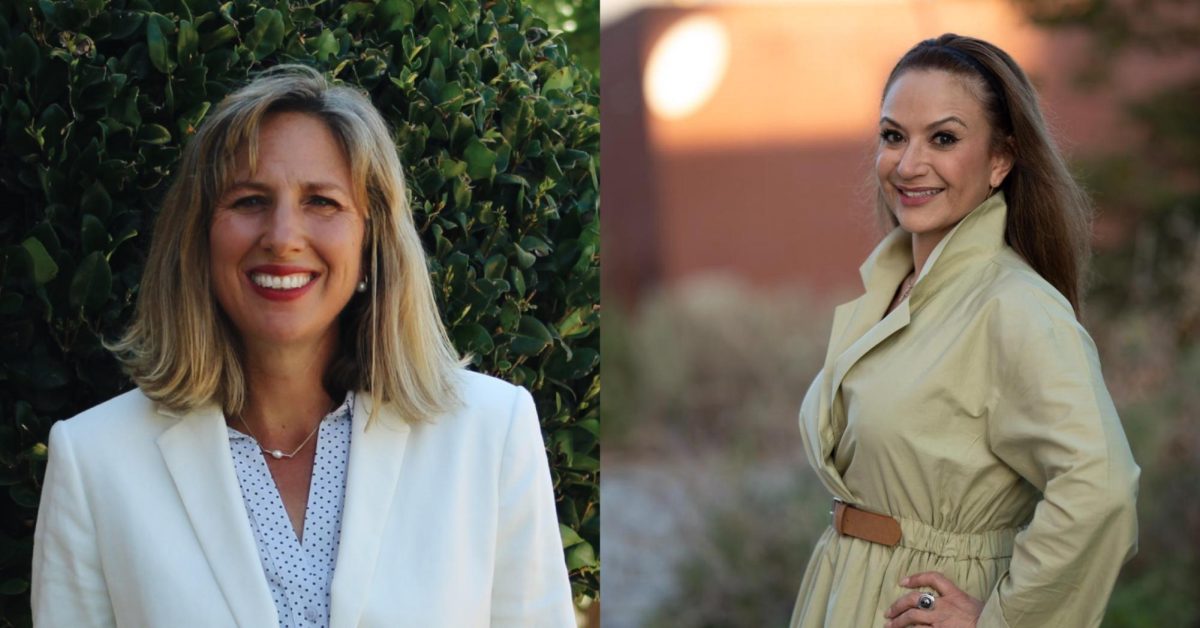



















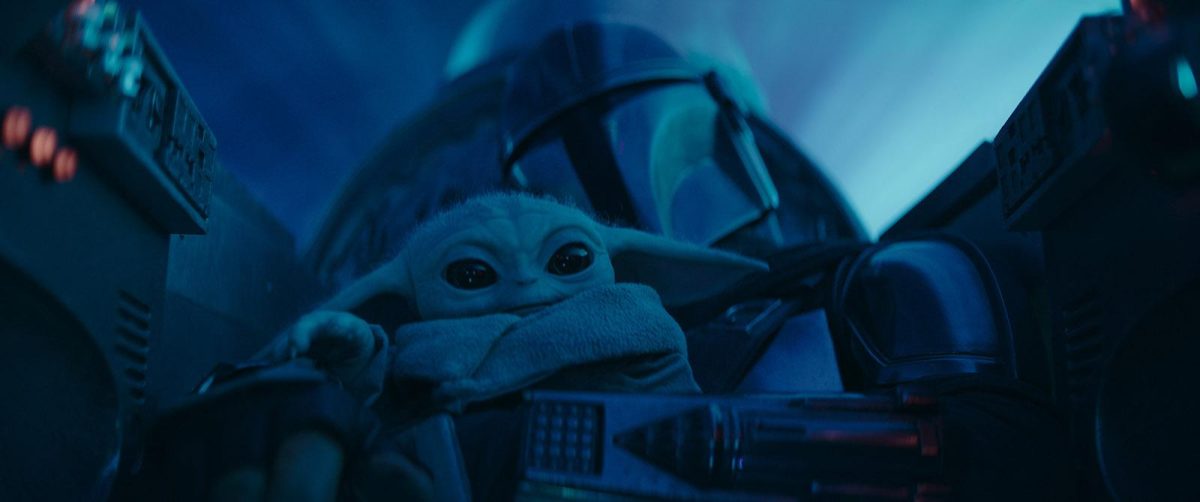



























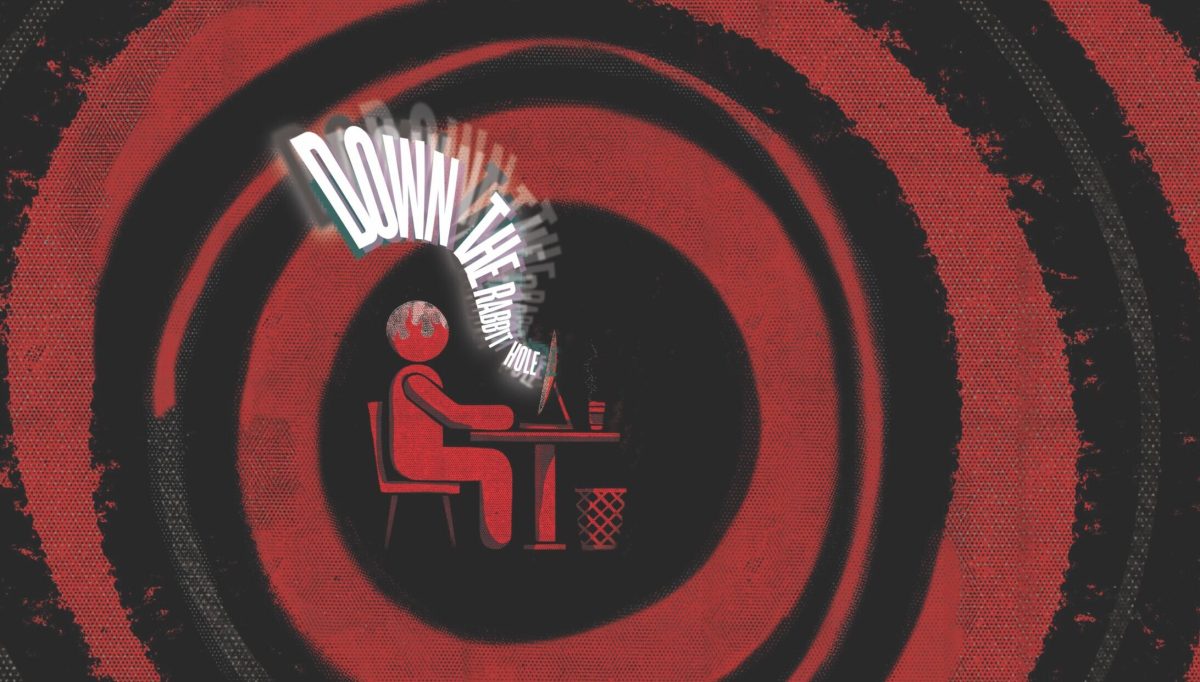

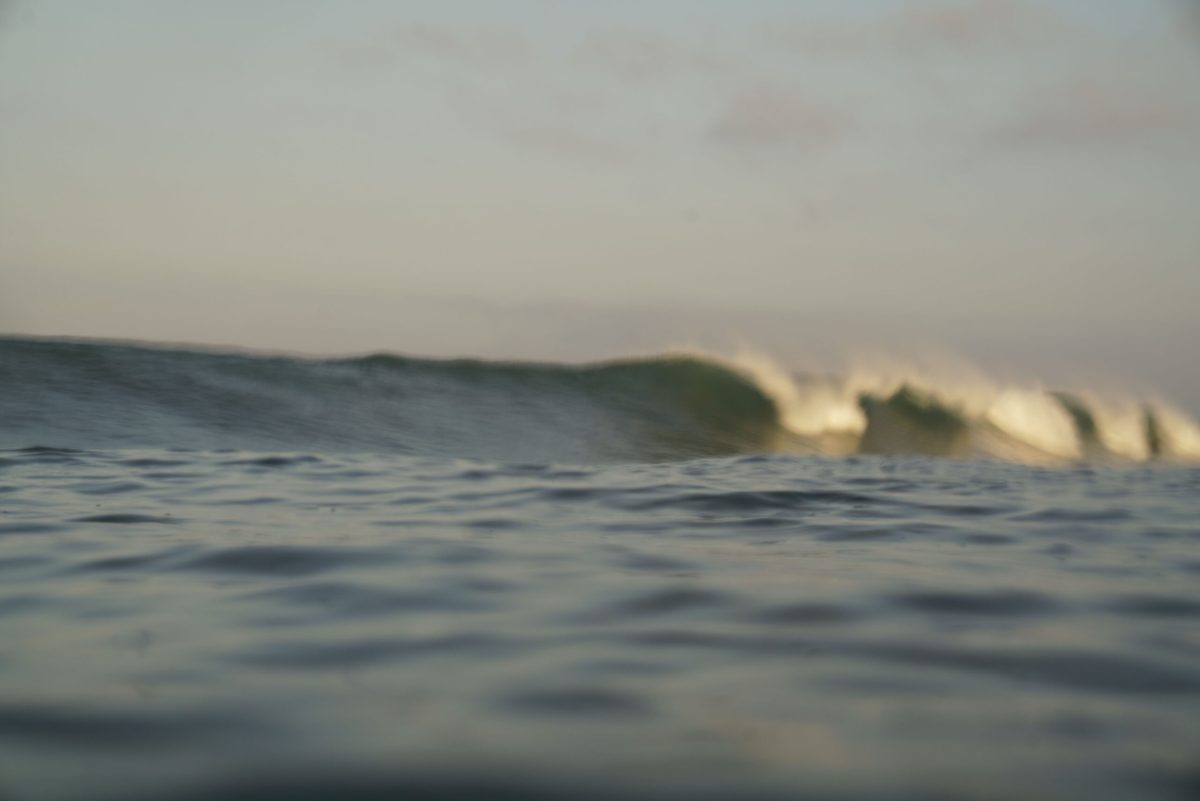
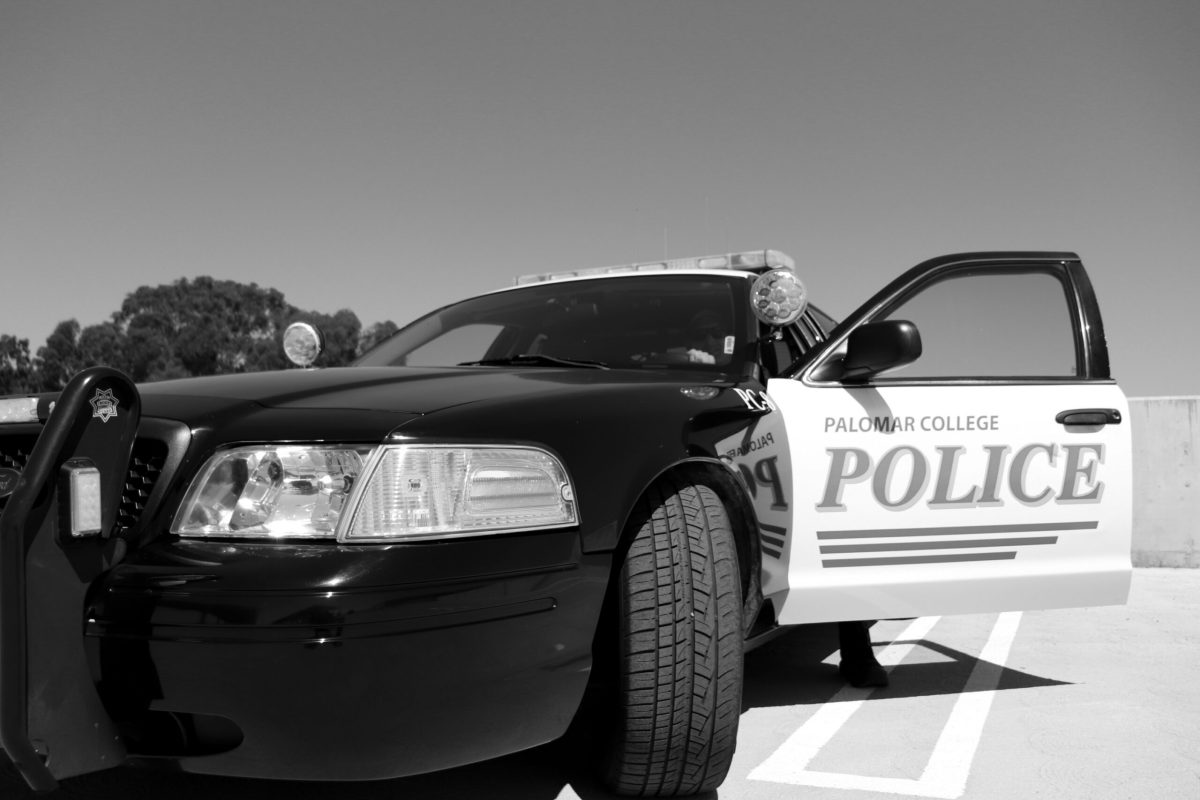
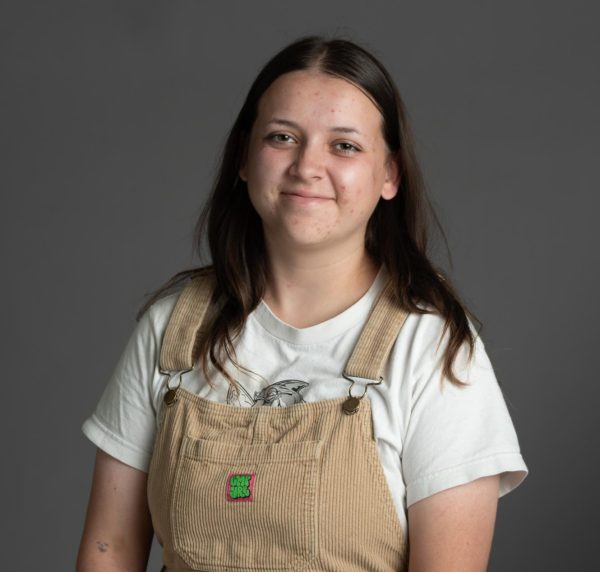
Steph • Sep 19, 2024 at 3:22 pm
I loved this piece. It was interesting and laid out perfectly. I loved how she grasped every detail without spoiling the movie itself. Great job can’t wait to read the next one.